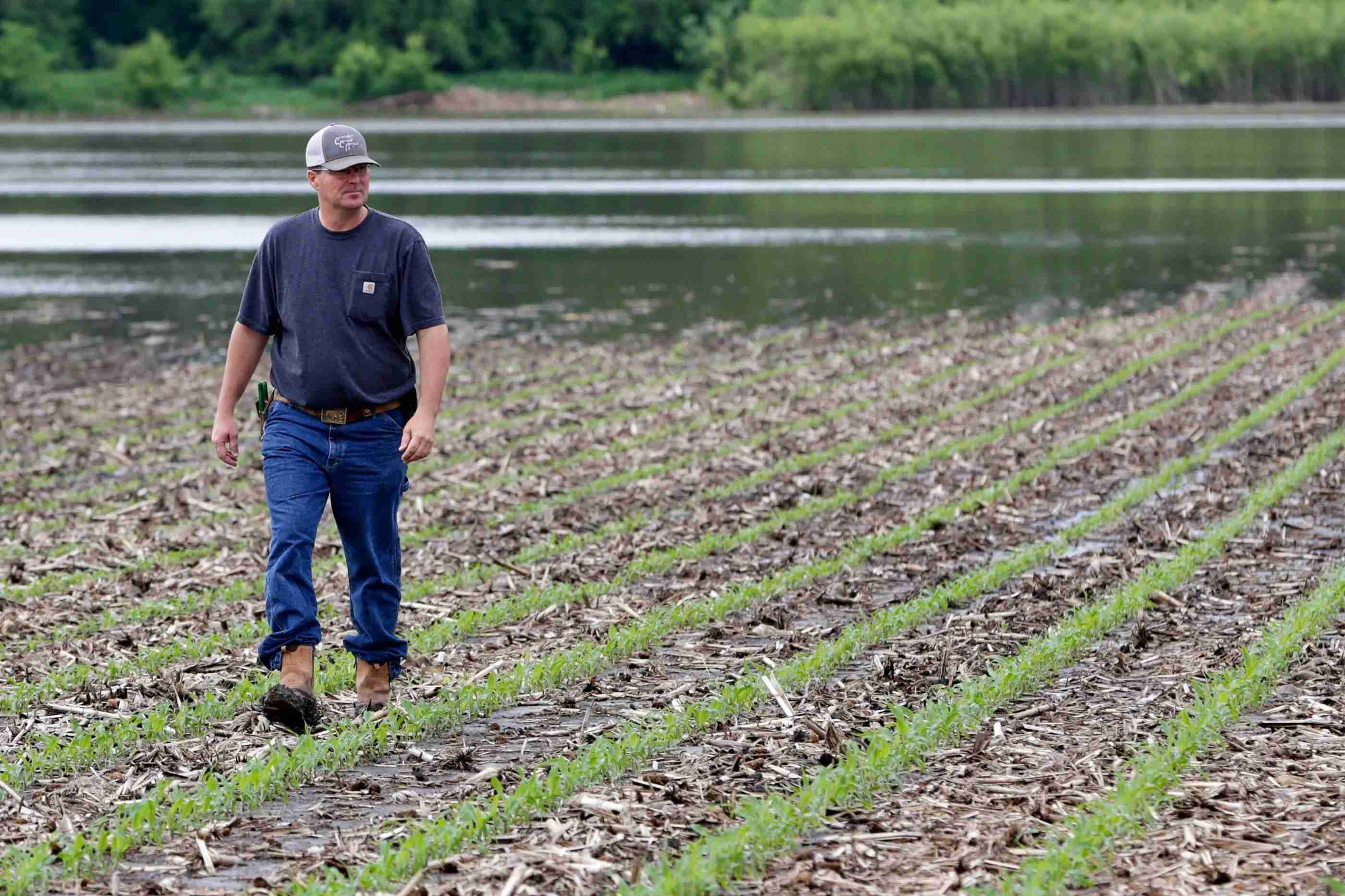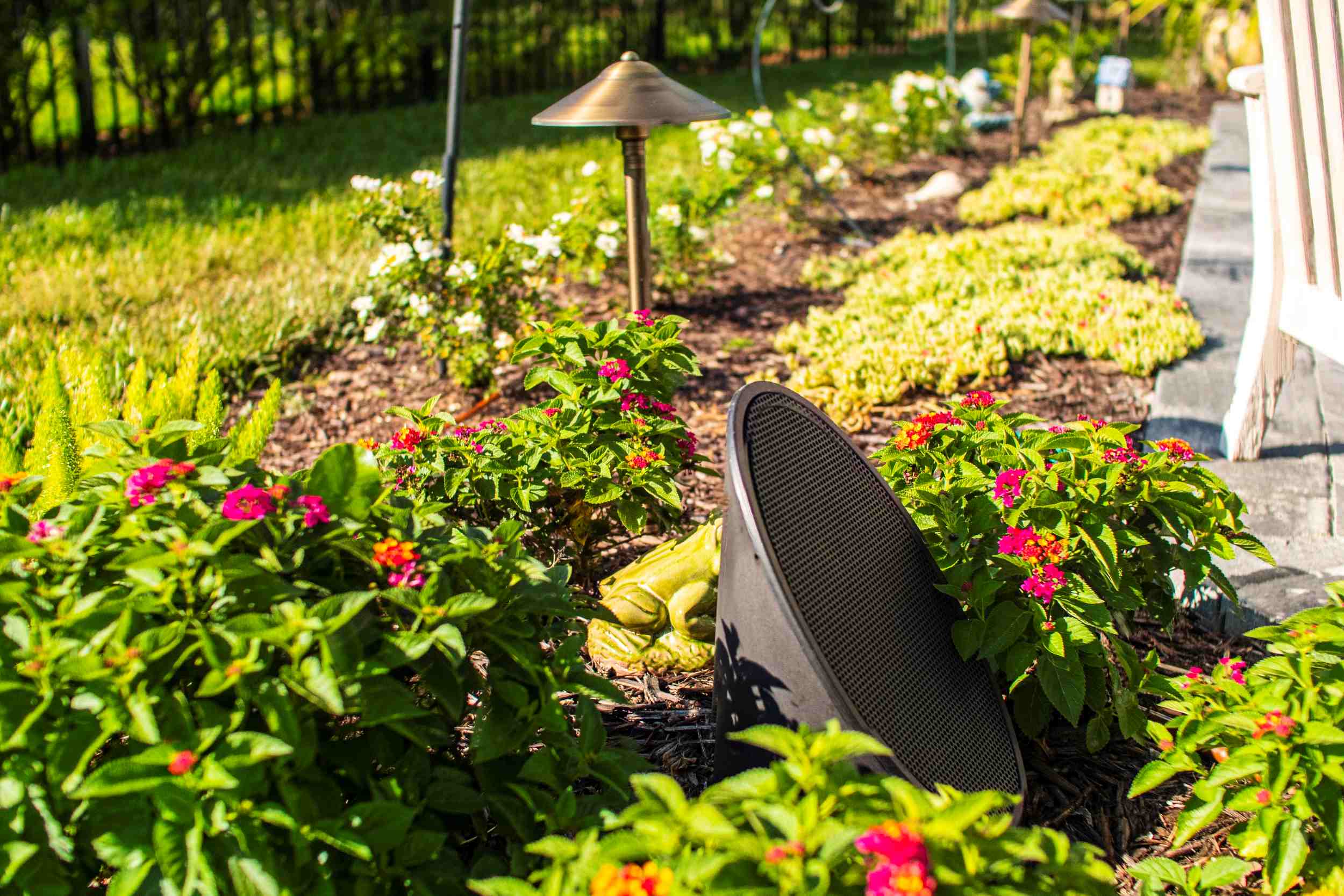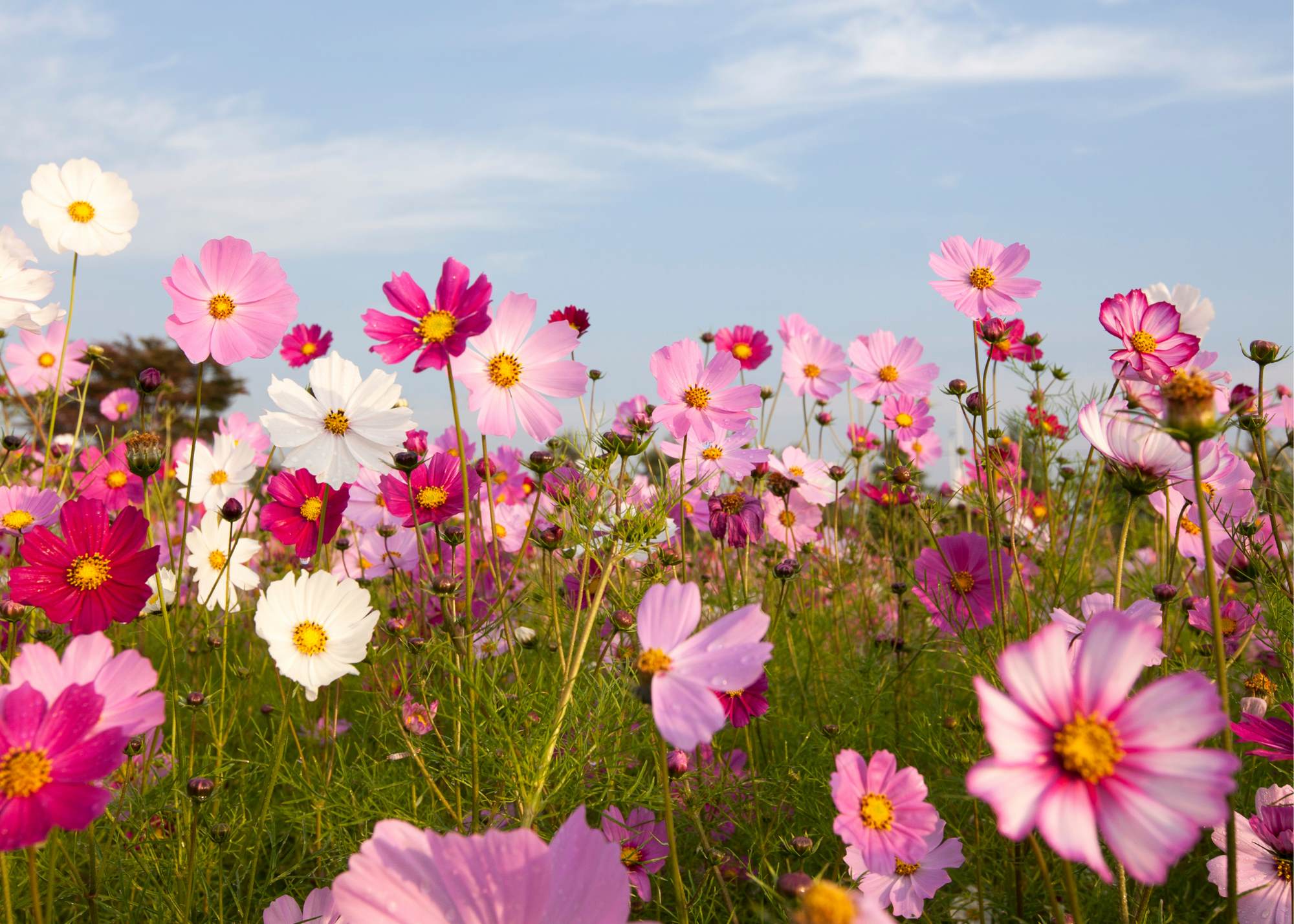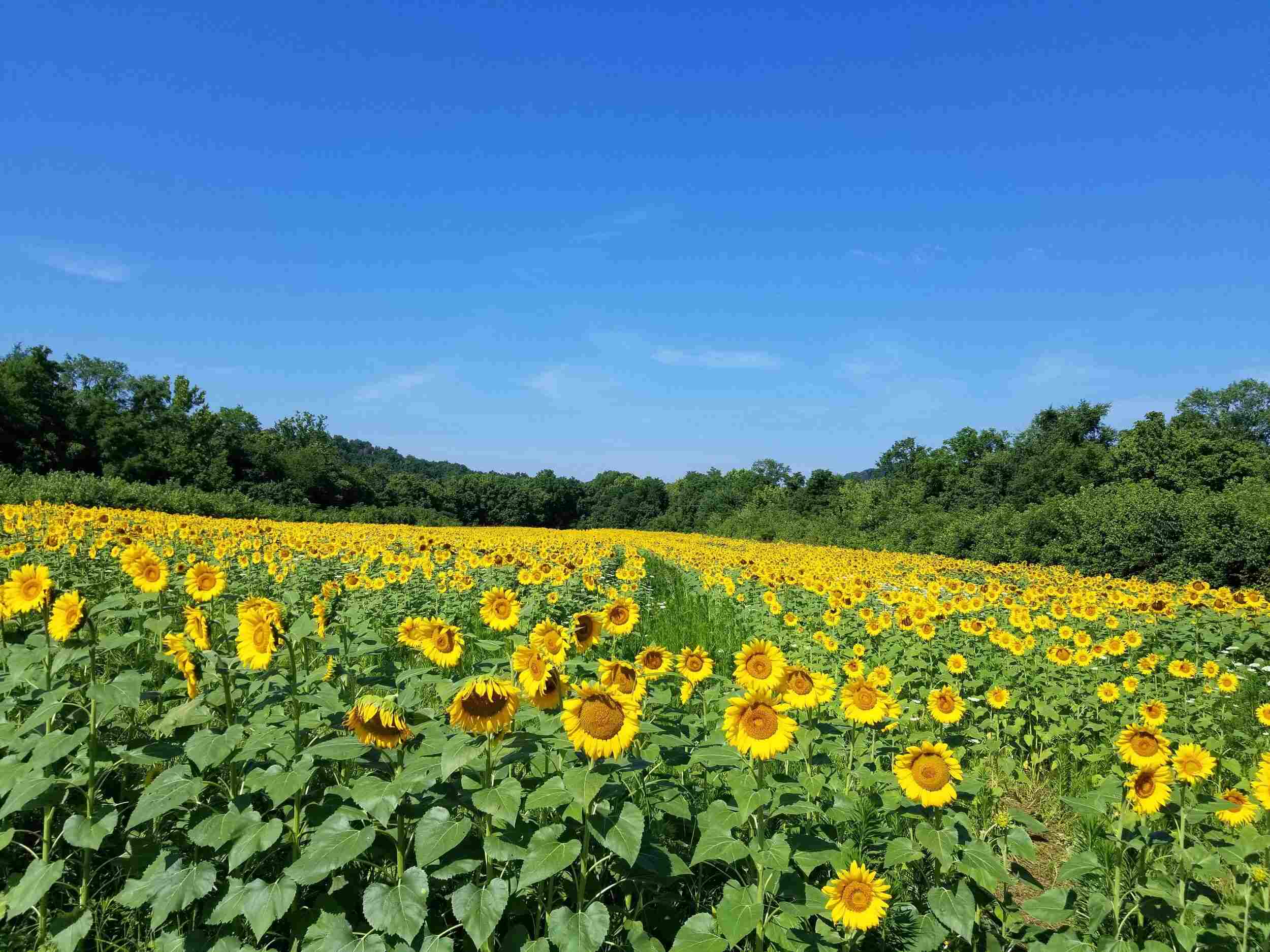Home>Gardening Basics>Understanding Soil>What Planting Zone Is Hawaii


Understanding Soil
What Planting Zone Is Hawaii
Modified: January 22, 2024
Find out the planting zone of Hawaii and understand the importance of soil with expert tips and insights.
(Many of the links in this article redirect to a specific reviewed product. Your purchase of these products through affiliate links helps to generate commission for Chicagolandgardening.com, at no extra cost. Learn more)
Table of Contents
Introduction
When it comes to gardening and landscaping, understanding the planting zones is essential. Each region has its own unique climate and soil conditions that impact the types of plants that can thrive. In the case of Hawaii, with its diverse microclimates and stunning natural beauty, it’s no different. So, what planting zone is Hawaii in? Let’s dive in and explore the intricacies of Hawaii’s planting zones.
Hawaii, the archipelago situated in the Pacific Ocean, boasts a tropical climate that is the envy of many. With warm temperatures, abundant rainfall, and rich volcanic soil, it’s an ideal environment for a wide variety of plants. However, despite its apparent suitability for gardening, Hawaii is not a one-size-fits-all paradise when it comes to plant selection.
Understanding planting zones is a crucial tool for gardeners and landscapers as it helps determine which plants are best suited for specific regions. Planting zones are geographic areas identified by the United States Department of Agriculture (USDA) based on average annual minimum temperatures. These zones provide guidelines for selecting plants that are most likely to thrive in a particular climate.
While the USDA Plant Hardiness Zone Map is widely used throughout the United States, it may not be as accurate for Hawaii due to its unique topography and diverse microclimates. Therefore, determining the planting zones in Hawaii requires a more nuanced approach.
Before we delve into the specifics, let’s take a closer look at the climate of Hawaii. The islands experience a tropical climate, characterized by mild temperatures, high humidity, and plentiful rainfall. However, various factors, such as elevation, trade winds, and ocean currents, contribute to microclimate variations across the islands.
Understanding Planting Zones
In order to fully grasp the concept of planting zones, it’s important to understand how they are determined and what they represent. Planting zones are based on the average annual minimum temperatures of a specific region. These zones help gardeners and landscapers identify which plants are most likely to thrive in their area.
The United States Department of Agriculture (USDA) developed the Plant Hardiness Zone Map, which divides the country into different zones based on temperature ranges. Each zone is labeled with a number, with lower numbers indicating colder climates and higher numbers representing warmer climates. For example, Zone 1 experiences extremely cold temperatures, while Zone 11 represents a tropical climate.
While the USDA Plant Hardiness Zone Map provides a valuable reference for gardeners in many parts of the United States, it is not as precise for Hawaii. This is due to the unique geographic features and microclimates found throughout the islands. The volcanic mountains, trade winds, ocean currents, and varying elevations all contribute to the diverse range of climates found in different areas of Hawaii.
In addition to the USDA map, there are other factors to consider when determining planting zones in Hawaii. One such factor is the Köppen climate classification system, which further categorizes climates based on temperature, precipitation, and other climate characteristics. This system provides a more detailed understanding of the specific climate conditions in different regions.
Another important consideration when determining planting zones in Hawaii is the concept of microclimates. Microclimates refer to small-scale variations in climate within a larger region. Due to Hawaii’s unique topography and diverse weather patterns, different areas within the islands can have their own microclimates. For example, coastal areas may have different temperature and rainfall patterns compared to higher-elevation regions.
Understanding these nuances is crucial for successful gardening in Hawaii. It allows gardeners to choose plants that can thrive in their specific microclimate, rather than relying solely on the general planting zone information. By taking into account local conditions, such as temperature range, rainfall patterns, and exposure to wind and sun, gardeners can optimize their plant selection and ensure the best chance of success.
Now that we have a better understanding of how planting zones are determined and the unique factors at play in Hawaii, let’s explore the specific planting zones found in the different regions of the islands.
Climate of Hawaii
The climate of Hawaii is often described as a tropical paradise, with warm temperatures, abundant sunshine, and regular rainfall. The islands enjoy a year-round mild climate that is influenced by the trade winds and the surrounding ocean currents.
One of the defining features of Hawaii’s climate is its consistent temperatures. The average high temperatures range from the mid-70s to the mid-80s Fahrenheit (24-30 degrees Celsius) throughout the year, while the average lows range from the mid-60s to low 70s Fahrenheit (16-22 degrees Celsius).
Rainfall is an important aspect of Hawaii’s climate. The islands receive a significant amount of rainfall, with an average annual precipitation ranging from 30 to 100 inches (76 to 254 centimeters), depending on the location. The windward or eastern sides of the islands tend to experience higher levels of rainfall due to the prevailing trade winds, while the leeward or western sides are generally drier.
The trade winds, known as the Alizé winds, play a significant role in shaping Hawaii’s climate. These winds blow from the northeast and provide a cooling effect, making the temperatures more comfortable. They also contribute to the formation of microclimates, as they interact with the mountains and create different weather patterns on the windward and leeward sides of the islands.
Another important factor in Hawaii’s climate is the presence of volcanic mountains on the islands. The higher elevations offer cooler temperatures, especially at night. This variation in temperature across different elevations creates a range of microclimates, allowing for the growth of diverse plant species.
The ocean currents surrounding Hawaii also influence the climate. The cool California Current flows southward along the west coast of the United States and reaches the Hawaiian Islands, helping to moderate temperatures along the western coasts. In contrast, the warm Kuroshio Current from Asia flows northward and affects the climate along the eastern coasts of the islands.
Overall, Hawaii’s climate provides a favorable environment for a wide variety of plants. The combination of warm temperatures, ample sunshine, and regular rainfall makes it possible to cultivate tropical flowers, fruits, vegetables, and other plant species throughout the year.
Now that we have a better understanding of the climate in Hawaii, let’s explore the planting zones found in different regions of the islands and how they are determined.
Planting Zones in Hawaii
Hawaii’s unique climate and diverse microclimates result in a range of planting zones across the islands. While the USDA Plant Hardiness Zone Map may not provide the most accurate information for Hawaii, gardeners can still use it as a starting point and supplement it with other resources.
According to the USDA Plant Hardiness Zone Map, Hawaii is divided into two main zones: Zone 11 and Zone 10. Zone 11 represents the warmest areas with average annual minimum temperatures above 40°F (4.4°C). This zone includes coastal regions and low-elevation areas. Zone 10 encompasses cooler areas with average annual minimum temperatures ranging from 30°F to 40°F (-1.1°C to 4.4°C). In Hawaii, these cooler areas are typically found at higher elevations.
However, it’s important to note that these zones only provide a general guideline. Hawaii’s unique climate and topography create microclimates within these zones. For example, the windward sides of the islands can be cooler and receive more rainfall, while the leeward sides tend to be hotter and drier. Additionally, areas at higher elevations may experience cooler temperatures compared to coastal or low-lying regions.
To gain a more detailed understanding of planting zones in Hawaii, gardeners can consult local resources and experts. Local nurseries, agricultural extension offices, and gardening communities can provide valuable insights about specific regions and microclimates within Hawaii.
Another useful resource is the Köppen climate classification system, which further categorizes climates based on multiple factors, including temperature, precipitation, and seasonal variations. This system can provide more specific information about the climate characteristics of different regions in Hawaii.
Ultimately, the key to successful gardening in Hawaii is to understand the specific microclimate of your location. By considering factors such as elevation, exposure to sun and wind, proximity to the ocean, and average rainfall, gardeners can make informed decisions about the types of plants that are most likely to thrive in their specific area.
Now that we’ve explored the planting zones in Hawaii and the factors influencing them, let’s discuss the various factors that can affect these zones.
Factors Affecting Planting Zones in Hawaii
Several factors contribute to the variation in planting zones across the unique landscape of Hawaii. Understanding these factors can help gardeners make informed decisions about plant selection and maximize garden success.
1. Elevation: The elevation plays a significant role in determining the climate and planting zones in Hawaii. As you move to higher elevations, temperatures tend to be cooler, and the environment becomes more suitable for plants that prefer a cooler climate. For example, areas at higher elevations, such as the slopes of mountains, may be better suited for plants that require cooler temperatures or have specific cold tolerance requirements.
2. Trade Winds: The trade winds, which blow from the northeast, interact with the islands’ topography and create microclimates. The windward or eastern sides of the islands are generally cooler and receive more rainfall due to the moisture carried by the trade winds. On the other hand, the leeward or western sides tend to be hotter and drier as they are sheltered from the prevailing winds, resulting in different planting conditions within the same zone.
3. Rainfall: The amount and distribution of rainfall vary across different regions of Hawaii, influencing the types of plants that can thrive. Areas with higher rainfall, such as the windward sides and higher elevations, may support lush rainforests and moisture-loving plants. In contrast, areas with lower rainfall, such as the leeward sides and coastal regions, may be better suited for drought-tolerant plants.
4. Sun Exposure: Sun exposure can vary depending on the location within Hawaii’s islands. Coastal areas and low-lying regions may experience more direct sunlight, while higher elevations or areas on the windward side may have more cloud cover and experience filtered sunlight. Understanding the sun exposure of your location is important for selecting plants that require the appropriate level of sun or shade.
5. Soil Composition: The volcanic origins of the Hawaiian islands have resulted in a diverse range of soil types across the archipelago. From fertile, nutrient-rich volcanic soil to sandy or rocky terrains, the soil composition can vary significantly within relatively small areas. Understanding the specific soil composition of your location is crucial for selecting plants that are adapted to thrive in those conditions.
By considering these factors, along with local climate data and expert advice, gardeners in Hawaii can make informed decisions about the types of plants that will flourish in their specific planting zones. Being aware of these factors allows for better planning and ensures the best chance of success in creating a thriving and beautiful garden.
Now that we’ve explored the factors influencing planting zones in Hawaii, let’s discuss how to choose plants based on the specific zones and conditions.
Choosing Plants for Each Zone
When it comes to gardening in Hawaii, selecting plants that are well-suited for your specific zone and environmental conditions is crucial for success. Here are some guidelines on how to choose plants for each zone in Hawaii:
Zone 11: This zone represents the warmest areas of Hawaii, including coastal regions and low-elevation areas. The warm and tropical climate of Zone 11 allows for a wide range of plants to thrive. Consider planting exotic tropical flowers such as hibiscus, orchids, and plumeria. Fruit trees like bananas, papayas, and mangoes thrive in this zone. You can also grow tropical vegetables such as sweet potatoes, taro, and various leafy greens like watercress and kangkong.
Zone 10: This zone represents the cooler areas of Hawaii at higher elevations. Plants that are adapted to cooler temperatures and can handle occasional frost will thrive in this zone. Consider planting cold-hardy palms like the Bismarck palm and windmill palm. In terms of flowers, try planting camellias, azaleas, and gardenias. For fruit trees, consider apples, peaches, and strawberries that are suited for cooler climates. Vegetables like lettuce, carrots, and broccoli are also well-suited for Zone 10.
Regardless of the zone, it’s important to select plants that are adapted to the specific microclimate of your location. Factors such as sun exposure, wind exposure, and soil type should be taken into consideration when choosing plants. Native Hawaiian plants are also an excellent choice as they are well-adapted to the local environment and often require less maintenance.
Consulting with local nurseries, garden centers, and knowledgeable gardeners in your area can provide valuable insights and recommendations for plant selection. They can offer guidance on which plants are best suited for your specific zone and provide tips on plant care and maintenance.
In addition, consider incorporating sustainable gardening practices such as using native and drought-tolerant plants, practicing water conservation, and utilizing organic fertilizers and pest control methods. These practices not only promote a healthy and thriving garden but also contribute to the overall sustainability and well-being of Hawaii’s unique ecosystems.
By carefully selecting plants that are best suited for your zone and environment, you can create a vibrant and sustainable garden that thrives in Hawaii’s diverse microclimates.
Now that we have explored choosing plants for each zone, let’s summarize the key points we’ve covered in this article.
Conclusion
Gardening in Hawaii offers a unique and rewarding experience due to the diverse microclimates and stunning natural beauty found throughout the islands. Understanding the planting zones, climate, and various factors that affect gardening in Hawaii is essential for success.
While the USDA Plant Hardiness Zone Map provides a general guideline for planting zones in Hawaii, it is important to consider the specific microclimate of your location. Elevation, trade winds, rainfall, sun exposure, and soil composition all play a significant role in determining the suitability of plants for each zone.
By choosing plants that are well-suited for your specific zone and environmental conditions, you can create a thriving and beautiful garden in Hawaii. From exotic tropical flowers and fruit trees to cold-hardy plants and native species, there is a wide variety of plants to choose from based on your zone and preferences.
Remember to consult local resources, such as nurseries, agricultural extension offices, and gardening communities, for expert advice and insights tailored to the unique conditions of Hawaii. These local resources can provide valuable recommendations on plant selection and offer guidance on plant care and maintenance.
In addition to selecting the right plants for your zone, consider incorporating sustainable gardening practices. Using native and drought-tolerant plants, practicing water conservation, and opting for organic fertilizers and pest control methods contribute to the overall sustainability of your garden and help preserve Hawaii’s delicate ecosystems.
Whether you’re a seasoned gardener or a beginner, embracing the challenges and opportunities presented by Hawaii’s planting zones and climate can lead to a truly fulfilling gardening experience. So, roll up your sleeves, get your hands dirty, and watch as your garden flourishes in the unique paradise that is Hawaii.










